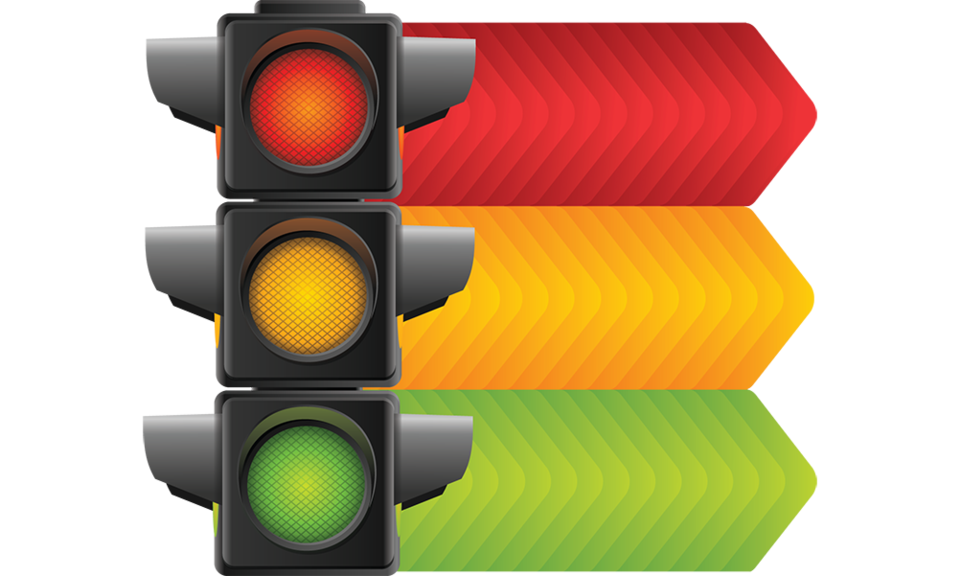To protect McLean neighborhoods overrun by commuters cutting through to avoid bottlenecks on Route 7, Interstate 495 and other major roads, newly elected Fairfax Supervisor Jimmy Bierman (D-Dranesville) wants to restrict peak-hour traffic in those neighborhoods, but exempt residents living there using a vehicle-sticker program.
“In Dranesville, constituents have reported that they have sat in a line of traffic within their own neighborhood for over 40 minutes to get to their homes,” Bierman said Jan. 23 when introducing his first-ever board matter at his inaugural Board of Supervisors meeting.
“In frustration, some people have resorted to parking their cars several blocks away from their homes,” he said. “Others have missed appointments because they cannot get out of their neighborhood.”
The Virginia Department of Transportation and Fairfax County Department of Transportation have a cut-through-traffic mitigation program that restricts all vehicular access at certain times of day (except for buses and emergency vehicles), be they vehicles driven by residents living on those streets or just people passing through.
Under this program, a reasonable alternative traffic route must be available and residents on the affected streets must accept the restrictions, he said.
Two neighborhoods in Mason District and one in Dranesville District already have cut-through-traffic bans, Bierman said, and four more communities in Mason, Providence and Dranesville districts have pending requests.
The General Assembly passed a bill allowing neighborhoods that qualify for such restrictions to request permits for vehicle stickers that would let residents living on those streets make turns into and out of those areas during hours when this otherwise would be banned.
If communities enroll in a sticker program, the decision to purchase the decals would be up to those residents, Bierman said.
Cut-through traffic on local streets has increased significantly since 2019 after the introduction of navigation-guidance systems such as Waze, he said. A residential cut-through program with sticker exemptions would assure that residents living there would not be adversely affected, Bierman said.
Because supervisors at a Transportation Committee meeting last year expressed skepticism about the sticker program’s operations, cost, revenues, permit fees and enforcement, supervisors approved Bierman’s request to have county transportation officials answer those questions at the committee’s Feb. 13 meeting.
After being presented with information about the initiative’s software-development costs, operational expenses, staffing requirements, permit processing and fees, and other jurisdictions’ experience with similar cut-through-traffic sticker programs, supervisors then can determine whether to act on the enabling legislation, Bierman said.
Board of Supervisors Chairman Jeff McKay (D) supported Bierman’s motion and added much had changed since the General Assembly approved the enabling legislation.



